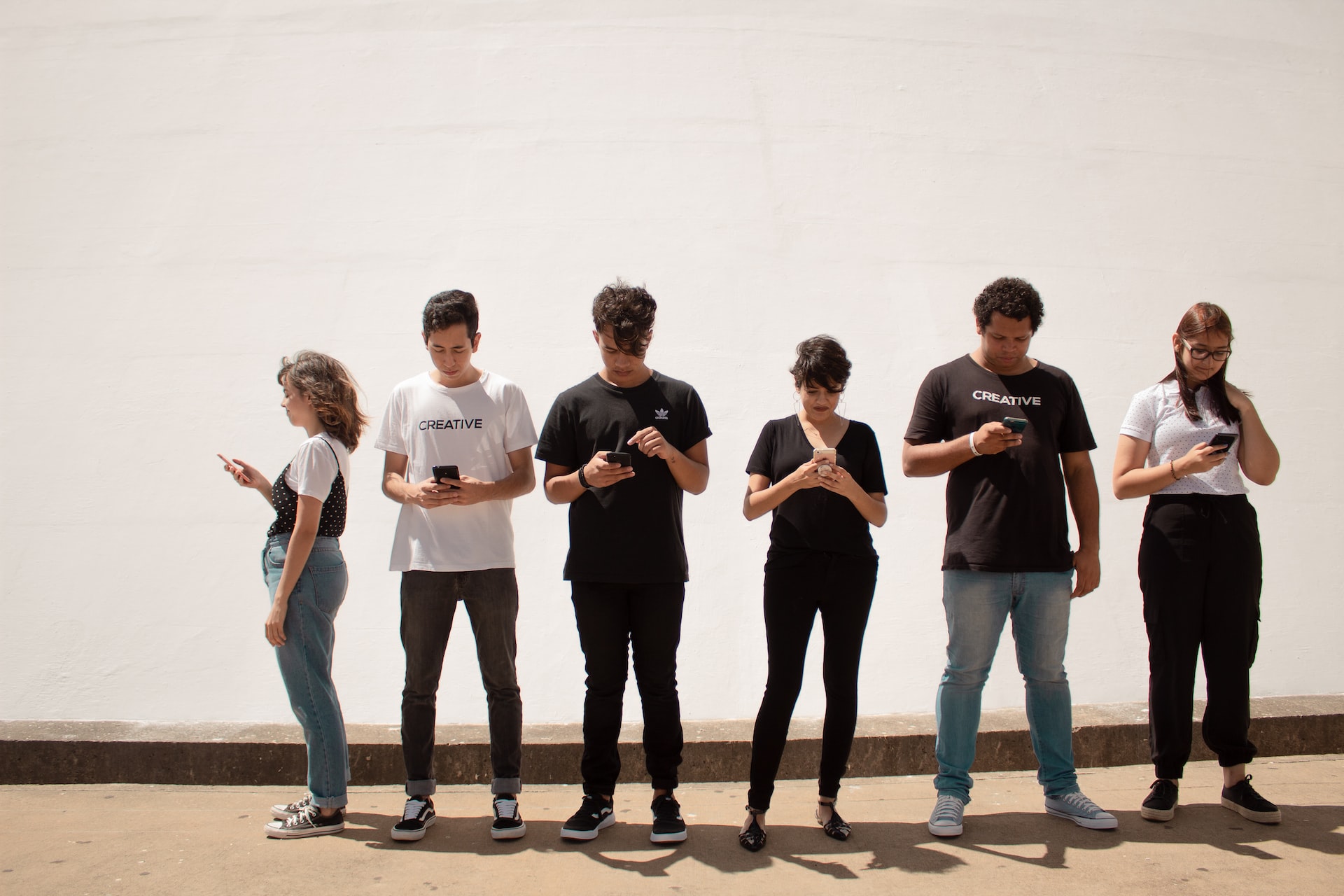Hello, I study
I’m currently an Assistant Professor at the Wee Kim Wee School of Communication and Information, where I study how and why young people use digital technology, and its impact on development and well-being. My research projects span three main areas: the effects of smartphones and social media on youth mental health, preschoolers’ screen media experiences, and how video games shape identity and well-being. Broadly, my work explores how digital media can be harnessed to support healthier development among children and young people. I currently sit on several committees, such as on the Expert Panel for Mental Health Impact of Social Media Use for the National Mental Health Office in Singapore, as well as the International Panel on the Information Environment.
Current Research Projects

Youth smartphone use and
mental well-being

Preschoolers' screen media use, development, and well-being

Video games, identity, and well-being
Selected Publications
(...or papers I am most proud to have been a part of)
- The awareness, acceptance, and appreciation of transience in the domain of eudaimonic media experiences
- ScreenLife Capture: An open-source and user-friendly framework for collecting screenome data from Android smartphones
- Animal Crossing and Covid-19: A qualitative study examining how video games satisfy basic psychological needs during the pandemic